Thyme is one of the most versatile and beloved herbs in the culinary and gardening world. Known for its earthy, slightly minty flavor and its fragrant aroma, thyme has been used for centuries not only in cooking but also for medicinal and ornamental purposes. Whether sprinkled over roasted vegetables, used to season meats, or grown as a decorative ground cover in the garden, thyme is a plant that offers endless rewards. The best part? It’s one of the easiest herbs to grow and requires very little maintenance once established.
If you’ve been wanting to add thyme to your garden or kitchen windowsill, this guide will walk you through everything you need to know—from planting and care to harvesting and storage.
Why Grow Thyme?
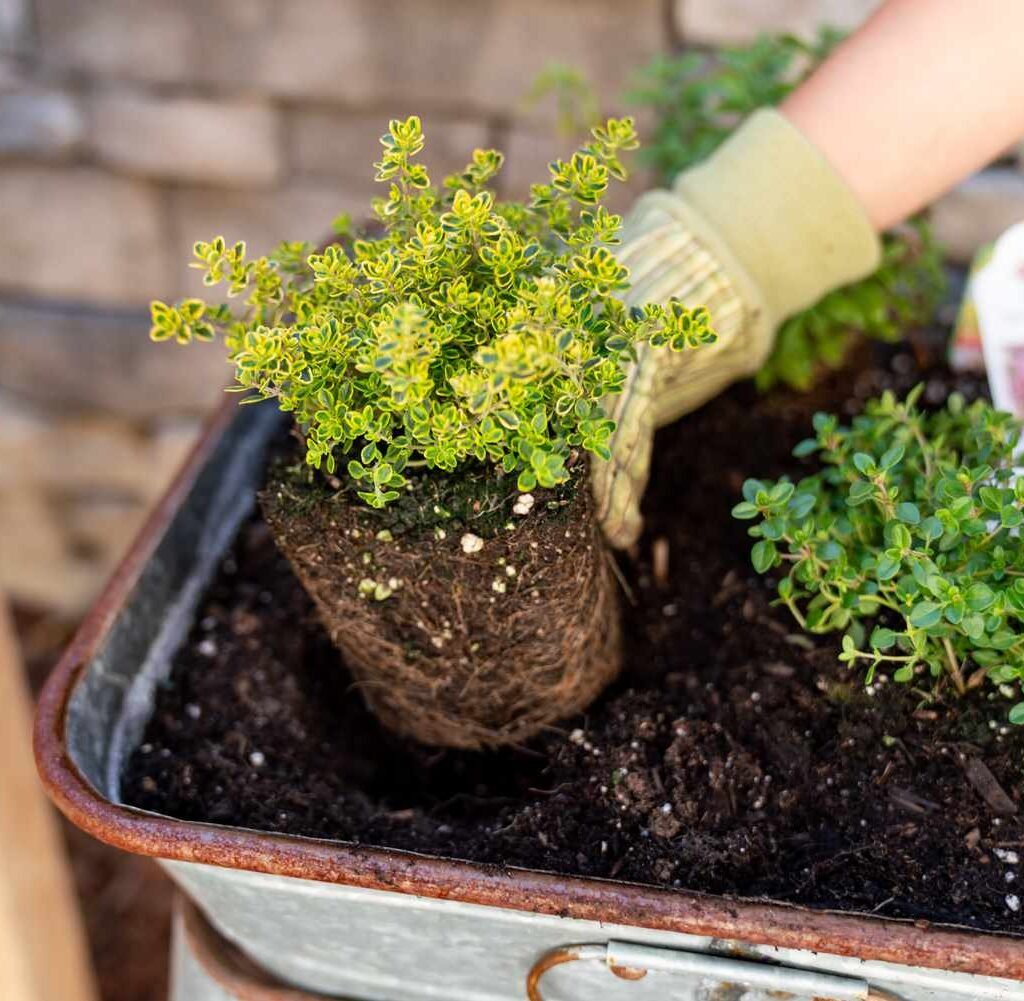
Before diving into the “how,” let’s explore the “why.” Thyme is not just another kitchen herb; it’s a true multitasker:
- Culinary uses: Thyme pairs beautifully with meats, poultry, vegetables, soups, and sauces. It’s a staple in Mediterranean cuisine.
- Medicinal properties: Traditionally used for coughs, colds, and digestive issues, thyme is rich in antioxidants and has antibacterial qualities.
- Aromatic benefits: Its fragrant leaves can freshen your home, repel certain pests, and even be used in homemade cleaning solutions.
- Ornamental value: With its low, spreading growth, thyme works well as a ground cover, in rock gardens, or between stepping stones.
Choosing the Right Thyme Variety
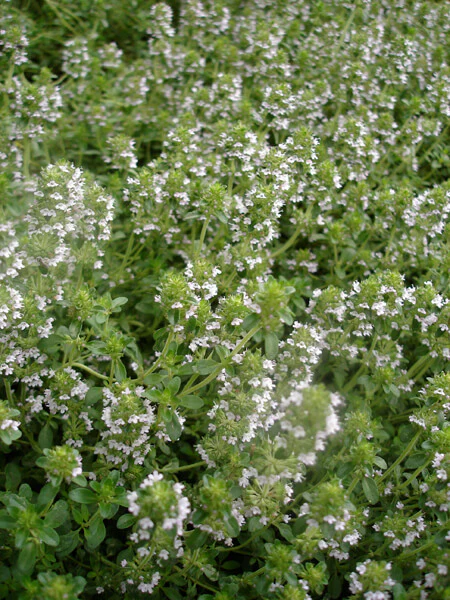
There are over 300 varieties of thyme, each with its own unique flavor, aroma, and growing habit. Some popular types include:
- Common Thyme (Thymus vulgaris) – Classic culinary thyme with strong flavor.
- Lemon Thyme (Thymus × citriodorus) – Offers a citrusy aroma perfect for fish and chicken dishes.
- Creeping Thyme (Thymus serpyllum) – A low-growing ornamental variety, great as ground cover.
- Caraway Thyme (Thymus herba-barona) – Has a caraway-like scent, often used in breads and savory dishes.
Choose your variety based on whether your focus is culinary or ornamental.
Where and When to Plant Thyme
Thyme thrives in warm, sunny conditions. Here are some key tips:
- Location: Plant thyme in a spot that receives at least 6–8 hours of full sunlight daily. Indoors, a south-facing window works best.
- Soil: Thyme loves well-draining, sandy, or loamy soil with a pH between 6.0 and 8.0. Avoid heavy clay soils.
- Timing:
- Start seeds indoors 6–10 weeks before the last frost.
- Transplant seedlings outside once temperatures are consistently above 60°F (15°C).
- In warmer regions, thyme can be planted almost year-round.
How to Plant Thyme
1. Planting from Seeds
- Sow thyme seeds in seed trays or small pots filled with light potting mix.
- Press seeds lightly into the soil but don’t bury them too deep (they need light to germinate).
- Mist with water and keep in a warm spot (70°F / 21°C).
- Seeds usually germinate within 1–3 weeks.
2. Planting from Cuttings or Divisions
If you want faster results, plant thyme from cuttings or root divisions.
- Take a 4–6 inch cutting from a healthy plant.
- Remove lower leaves and place the cutting in damp soil or water until roots develop.
- Once rooted, transplant into your garden or container.
3. Spacing
Thyme is a compact herb but needs room to breathe. Space plants 12–18 inches apart to allow good airflow and prevent disease.
Caring for Thyme
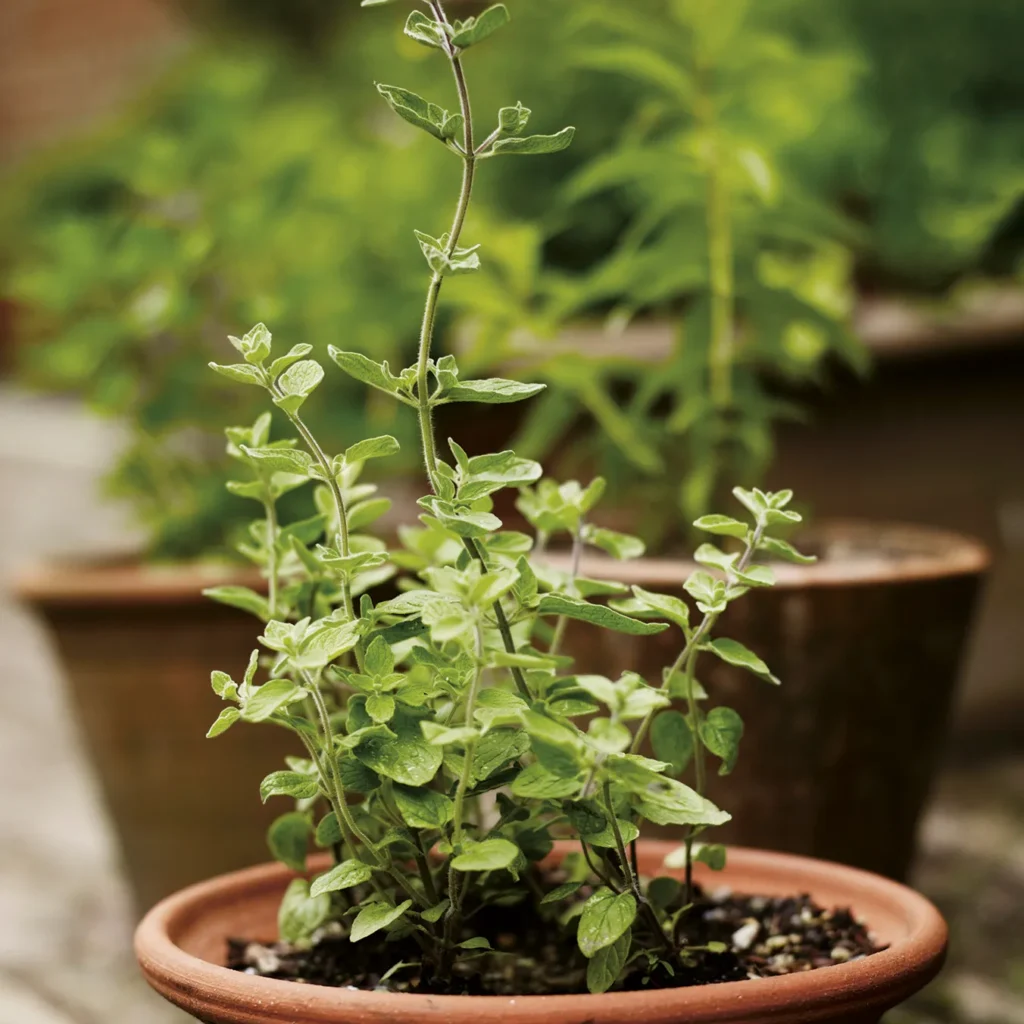
Once planted, thyme is relatively low-maintenance, but a little care goes a long way in keeping it healthy and productive.
1. Watering
- Thyme is drought-tolerant and prefers slightly dry conditions.
- Water deeply but infrequently, allowing soil to dry between waterings.
- Avoid overwatering, which can lead to root rot.
2. Fertilizing
- Thyme doesn’t need much fertilizer. Too much nitrogen can weaken flavor.
- Apply a light feeding of compost or diluted liquid fertilizer once or twice a season.
3. Pruning and Maintenance
- Regularly trim thyme to encourage bushy growth.
- After flowering, cut back the plant by about one-third to prevent woody stems.
- Remove any dead or yellowing leaves.
4. Pests and Diseases
Thyme is generally pest-resistant, but watch out for:
- Aphids and spider mites – Spray with neem oil or soapy water if infestations occur.
- Root rot – Avoid poorly drained soil and overwatering.
- Powdery mildew – Ensure plants get enough airflow.
Growing Thyme in Containers
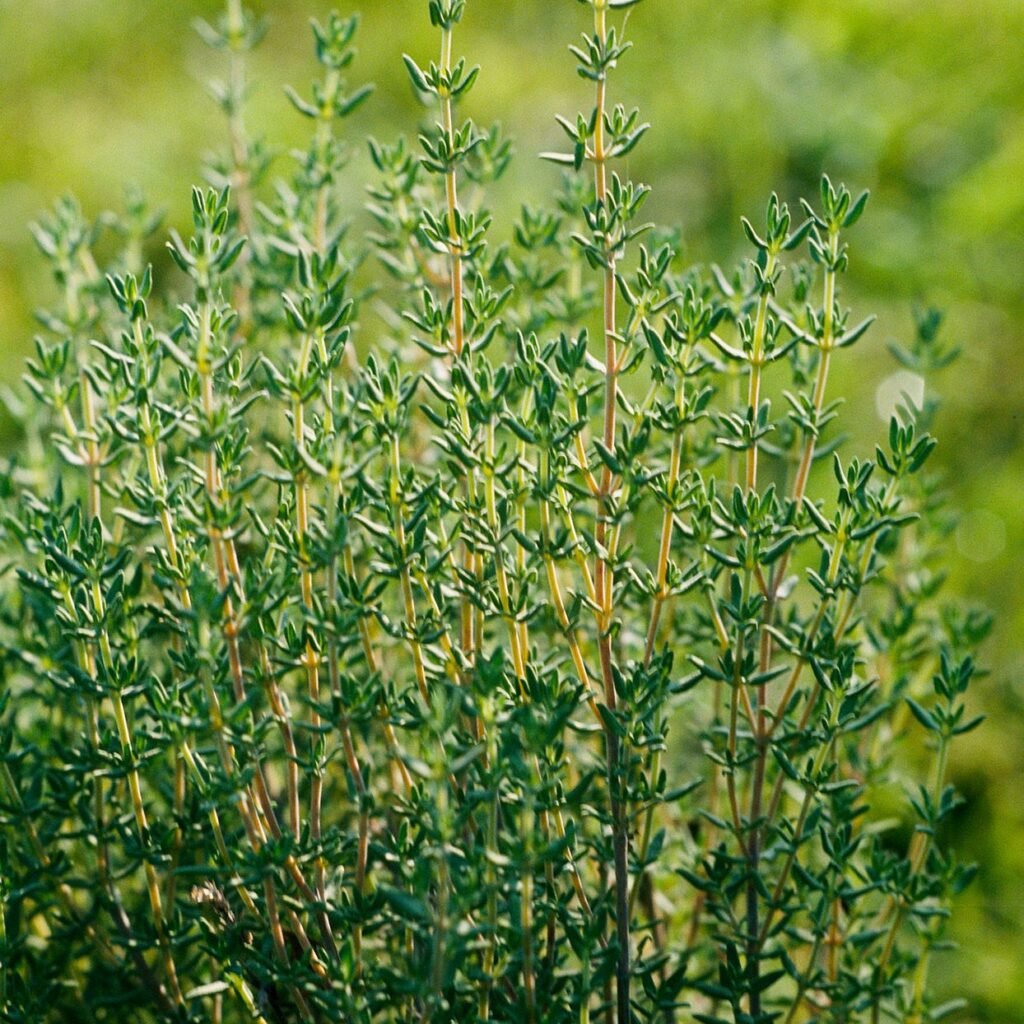
If you don’t have garden space, thyme grows beautifully in pots.
- Use a container with drainage holes.
- Fill with a well-draining potting mix.
- Place in a sunny spot (balcony, windowsill, or patio).
- Water sparingly but consistently.
Container-grown thyme may need more frequent pruning and occasional repotting as it spreads.
Companion Planting with Thyme
Thyme is an excellent companion plant, helping repel pests and improve the growth of nearby crops. Pair thyme with:
- Cabbage and brassicas – Repels cabbage worms.
- Tomatoes – Enhances flavor and attracts pollinators.
- Strawberries – Acts as ground cover, reducing weeds.
Avoid planting thyme next to crops that prefer moist soil, like basil.
Harvesting Thyme
Harvesting thyme is simple and rewarding:
- When to harvest: You can begin once the plant is about 6 inches tall. The best flavor comes just before flowering.
- How to harvest: Snip sprigs with scissors, leaving at least 5 inches of growth to allow regrowth.
- Frequency: Regular harvesting encourages new growth, so don’t be shy!
Preserving and Storing Thyme
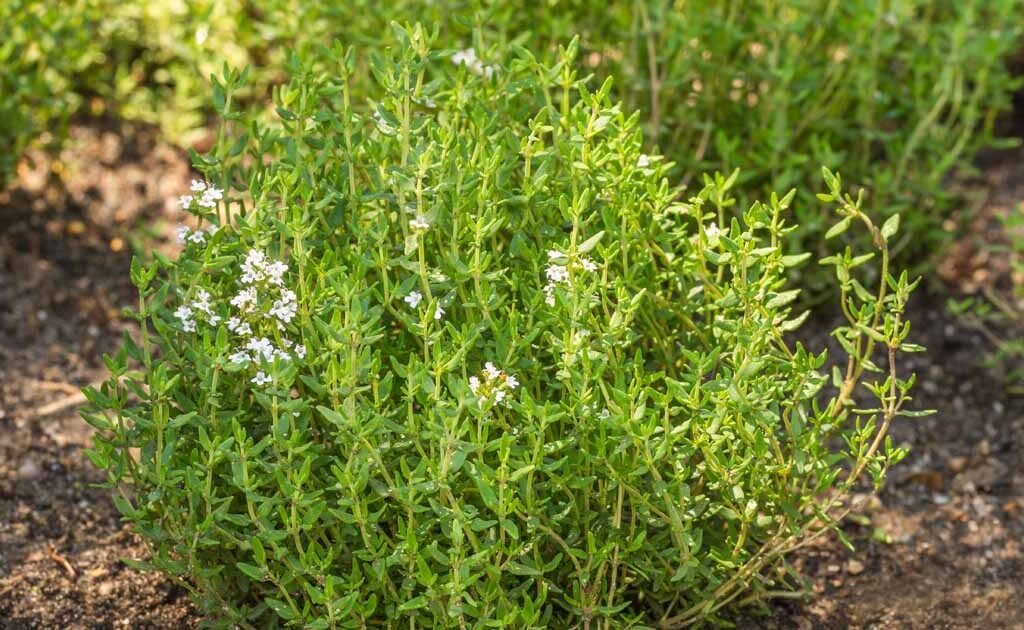
If you have an abundance of thyme, you can preserve it for later use:
- Drying
- Hang small bundles upside down in a dry, dark place.
- Once dried, crumble leaves and store in an airtight container.
- Freezing
- Place washed thyme sprigs in freezer bags.
- Alternatively, freeze thyme in ice cube trays with olive oil or water.
- Fresh storage
- Wrap sprigs in a damp paper towel and store in the refrigerator for up to a week.
Common Mistakes to Avoid
- Overwatering: Thyme hates soggy soil.
- Neglecting pruning: Without trimming, thyme becomes woody and less flavorful.
- Too much fertilizer: This reduces essential oil concentration and flavor.
- Not enough sunlight: Thyme grown in shade becomes leggy and weak.
Final Thoughts
Growing thyme is an incredibly rewarding experience for gardeners of all levels. With minimal care, this hardy herb will provide you with aromatic sprigs for cooking, natural remedies, and beautiful garden greenery for years to come. Whether you grow it in your backyard, on a balcony, or indoors by a sunny window, thyme adapts well and continues to thrive.
By understanding its basic needs—sunlight, well-draining soil, occasional watering, and light pruning—you’ll enjoy an abundant supply of this versatile herb. Start small, experiment with different varieties, and soon thyme will become one of the most treasured plants in your home garden.
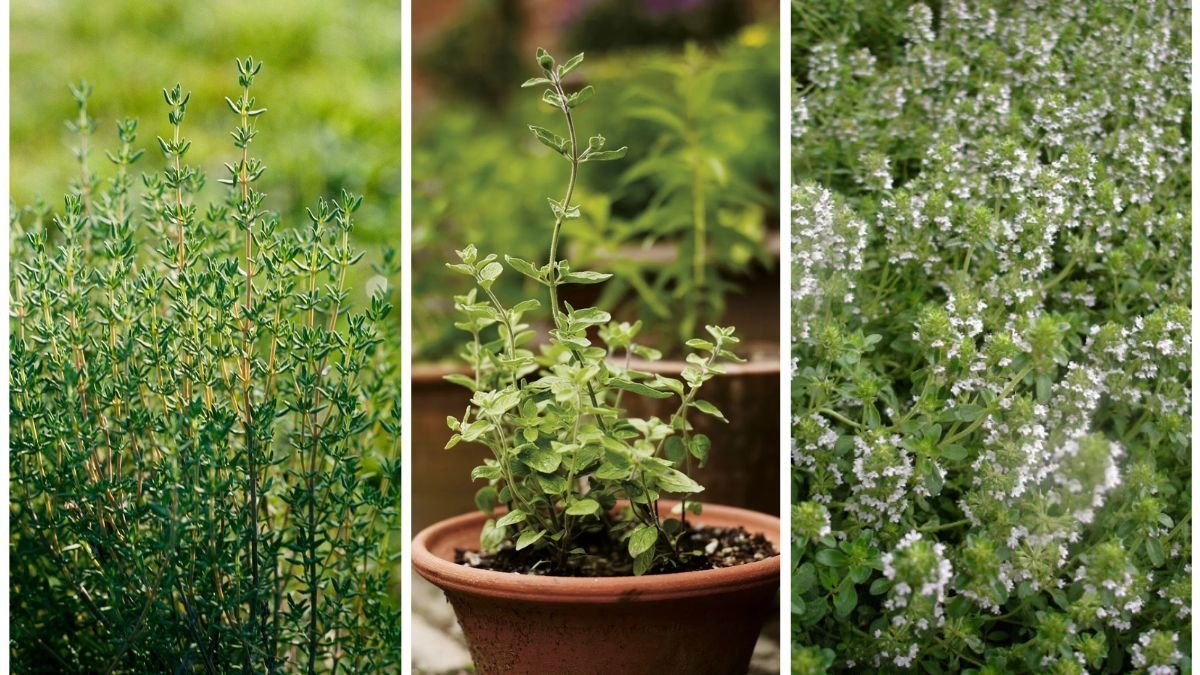




Leave A Comment